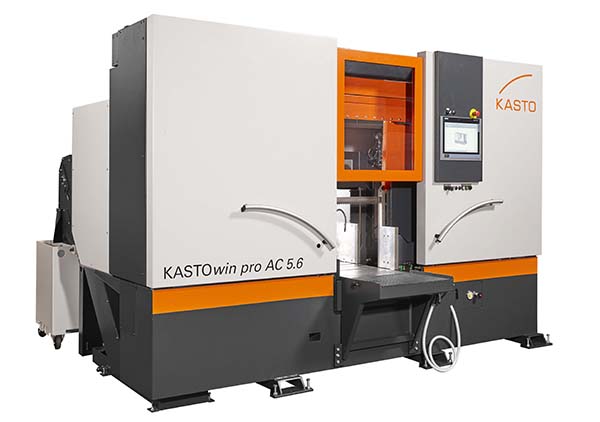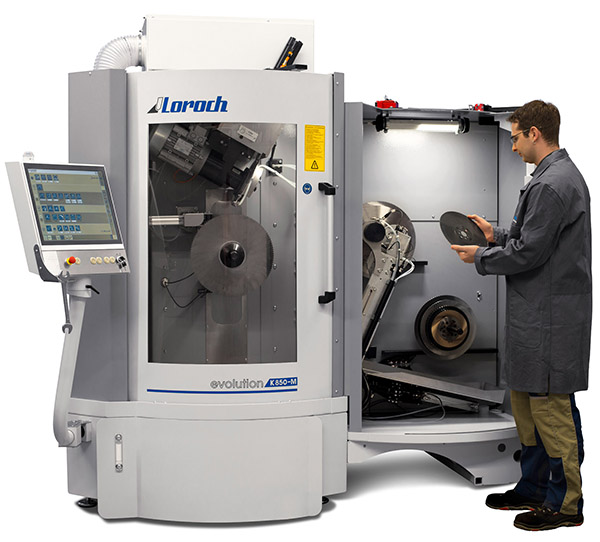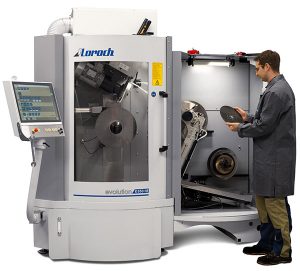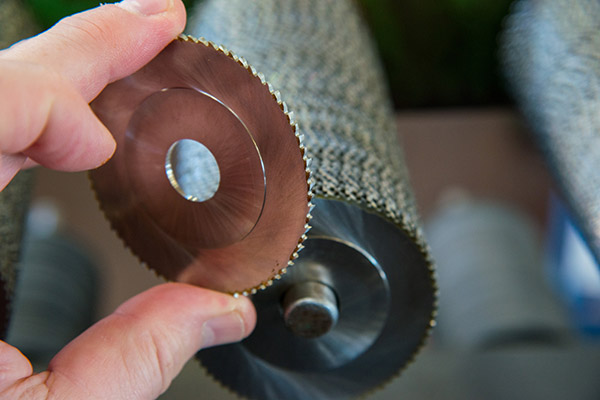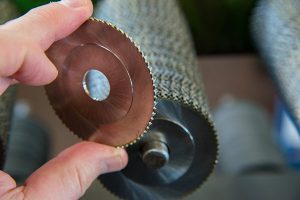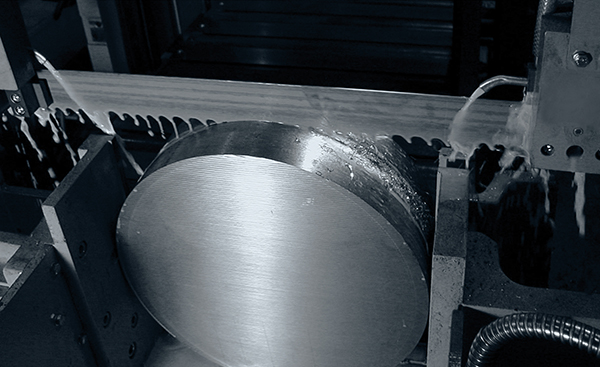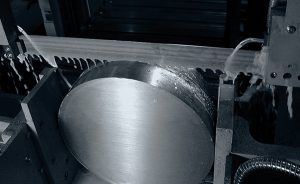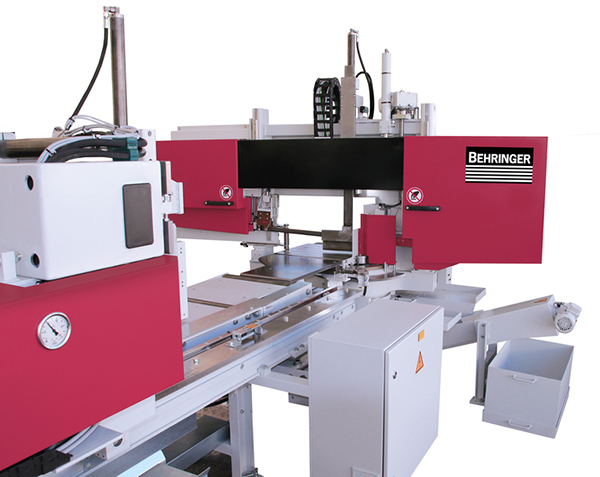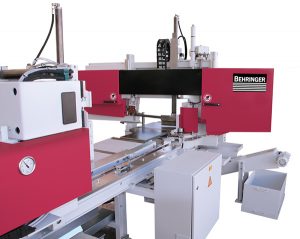Kasto has introduced what it describes as a high-performance, economically priced bandsaw to leverage the benefits of either tungsten-carbide tipped (TCT) or bi-metal blades. At MACH 2018, visitors to Hall 7 Stand 365 will see that the KastoWin Pro AC 5.6 offers short cutting times, long blade life and intuitive operation.
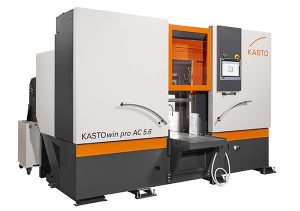
Compared with standard KastoWin machines, the bandsaw can increase production efficiency by between 50 and 100%, more in some instances, depending on the type of blade and material being cut. Having an installed weight of 4.3 tonnes, the saw band is driven by an 11 kW frequency-controlled motor, delivering infinitely adjustable cutting speeds from 12 to 150 m/min. The maximum size of stock that can be cut is 560 mm and the smallest dimension is 25 x 25 mm, while the shortest residual length is 10 mm for individual offcuts and 35 mm in automatic operation.
The saw incorporates ecological design features that lower energy consumption, especially in the hydraulics. Kasto has complemented this technology by developing electro-mechanical down feed of the blade controlled via two ballscrews, each with a servo drive. The hydraulics system is therefore only responsible for workpiece clamping and saw blade tensioning, so is actuated far less than in the past, delivering an energy saving in this area of 93%.
All drives are controlled by intelligent converter technology, while dynamic parts such as the saw frame have been designed to be lighter. Overall, these measures have made it possible to achieve significant improvements in energy efficiency; consumption being on average 28% lower compared with Kasto’s previous bandsaw model of equivalent size.
For further information www.kasto.com



